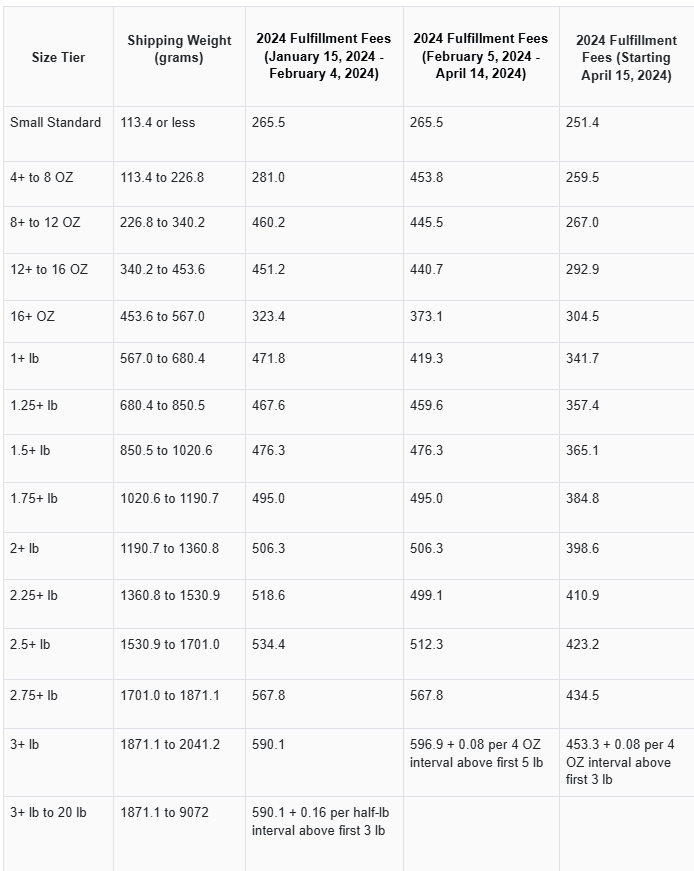What Exactly Are Amazon Long-Term Storage Fees?
Amazon FBA (Fulfilled by Amazon) is a powerful tool for scaling inventory management as it allows Amazon to handle storage, packing, and shipping. However, when products stay in Amazon’s warehouses for over a year, a long-term storage fee kicks in. This fee is billed twice yearly and can add a significant amount to your operating costs if left unmanaged.
Amazon’s purpose behind the fee is simple: to encourage sellers to keep inventory moving through its fulfilment centres. In other words, Amazon wants warehouse space to be used for products with a high turnover rate. If items remain unsold for extended periods, Amazon introduces these fees to incentivize quicker sales or removal.
Types of Amazon Storage Fees
Amazon storage fees are divided into two main types:
- Monthly Storage Fees: These are standard charges based on the size and volume of your inventory.
- Long-Term Storage Fees: These are additional charges for inventory stored in Amazon’s fulfilment centres for more than 365 days. Long-term storage fees are in addition to the standard monthly storage fees.
Calculating Amazon Long-Term Storage Fees
Amazon calculates these fees based on the cubic footage of your inventory and charges a set fee per cubic foot. The rate may vary based on seasonal demand or storage constraints. Here's a step-by-step example:
- Determine the Cubic Footage of Your Inventory: This is the space your inventory occupies in Amazon’s fulfilment centres, measured in cubic feet.
- Check the Long-Term Storage Fee Rate: Refer to Amazon’s current long-term storage fee rate.
- Multiply for Total Fees: Multiply your inventory's cubic footage by the long-term storage fee rate per cubic foot.
For instance, if your inventory occupies 1,000 cubic feet and the storage fee is ₹570 per cubic foot, the long-term storage cost will be ₹570,000.
It’s important to remember that these fees apply in addition to Amazon’s monthly storage fees, which means total storage expenses can quickly add up.

8 Ways to Reduce Long-Term Storage Fees on Amazon
Here are some key strategies to help minimise Amazon's long-term storage fees:
- Smart Inventory Planning
Avoid over-ordering! Start with optimal inventory levels, track sales trends, and use Amazon's Inventory Performance Index (IPI) to manage stock more effectively. By aligning your stock levels with demand, you reduce the chances of holding slow-moving inventory that could incur fees. - Utilise Amazon’s Removal Reports
Amazon’s Recommended Removal Report identifies products nearing the storage fee threshold. Regularly review this report to decide whether to store slow-moving items elsewhere or dispose of them if they’re no longer sellable. - Analyse Unsold Inventory
Investigate slow-moving products and their reasons for underperformance. Factors like competitive pricing, reviews, and seasonal demand can all affect product sales. By addressing these factors, you can improve sales velocity and avoid long-term storage costs. - Adjust Pricing Strategically
Consider implementing discounts or lower prices to incentivize buyers and boost sales for aging inventory. Competitive pricing can be an effective way to accelerate sales and avoid accumulating fees. - Leverage Amazon Outlet Sales
Amazon Outlet provides a great way to sell slow-moving inventory. List products at reduced prices and gain increased exposure through the Outlet section, helping to reduce overstock and storage fees. - Use Promotions & Ads
Promoting aging inventory through ads or limited-time discounts can drive up sales velocity, even if margins are lower. By strategically targeting potential buyers, you can increase sales for items at risk of incurring long-term storage fees. - Time Your Restocking Carefully
Plan resupply shipments to avoid the long-term storage fee assessment dates (typically in February and August). By timing shipments carefully, you can ensure that products remain in storage for less than six months, reducing the risk of long-term fees. - Enable Automatic Removals
Amazon’s automated removal settings allow you to remove non-selling inventory automatically, eliminating manual checks. This feature not only saves time but also ensures compliance with Amazon’s storage policies.
How Xindus Helps You Optimise Amazon Storage Costs
- Flexible Storage Options
If you need to remove inventory from Amazon to avoid fees, Xindus offers secure fulfilment centres where you can store your products. We’ll keep your goods safe while you decide on your next steps, be it relisting or using other sales channels. - Multi-Marketplace Integration with Xindus ONE
If you're a multi-marketplace seller, Xindus ONE enables seamless inventory management across Amazon, Flipkart, and other platforms. When you make a sale on any marketplace, Xindus can pick, pack, and ship the item directly to your customer, using a network of 15+ last-mile logistics partners. - Repackaging and Relabeling Services
If you need to relabel or repackage items removed from Amazon, Xindus can assist. Relabeling helps present products freshly on Amazon or other marketplaces, ensuring compliance with FBA requirements while offering a renewed listing appeal. - Dynamic Inventory Reallocation
With Xindus’s network, you can redistribute slow-moving stock across different sales channels. This agility means your inventory isn’t tied down in one warehouse but can be leveraged for optimal sales across various platforms. - Data-Driven Sales Insights
Our analytics tools provide insights into what sells, helping you make informed inventory decisions. By understanding product demand patterns, you can adjust restocking schedules and reduce overstocking costs.
Final Thoughts
Ready to Start?


